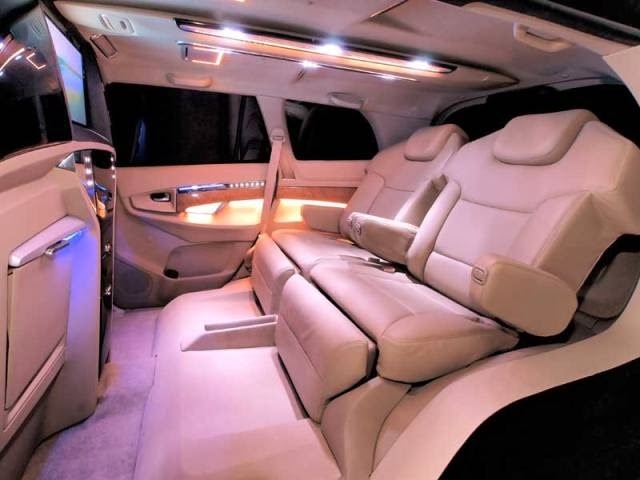DC Design is an Indian design firm from Mumbai which is noted for their concept cars and prototypes. The firm, founded in 1993, is headed by designer Dilip Chhabria, and under a contract with Ford Motor Company built the first Aston Martin AMV8 Vantage prototype featured at the 2004 Detroit Auto Show.[1]
The company also builds custom special order vehicles,[2] such as a modified Porsche Cayenne coupe,[3] and a modified Rolls Royce coupe.[4] In August 2006, the company announced a partnership with Eximstar, an ETA Group company, to build a 500,000-square-foot (46,000 m2) production facility in Dubai.[5] The facility, scheduled to open in 2007, will produce custom luxury cars.
He is qualified in Transportation Design from the Art Center College of Design, Pasadena, California, U.S. and worked with General Motors USA in their Design Centre. He also started his own auto accessory business and became one of the largest auto accessory manufacturers in India.[citation needed]
His company made the first prototype for the Aston Martin Vanquish which appeared in the James Bond movie Die Another Day.[1]
In 2006, Chhabria announced DCStar, tie-up between Eximstar (an ETA group company) and Dilip Chhabria Design Pvt Ltd. The company, to be set up in Dubai, will customize cars and other vehicles to suit customers' requirements.[2] He has designed Vanity Van for many stars such as Sanjay Dutt, Shah Rukh Khan. He has also designed the car used in the movie Taarzan: The Wonder Car directed by Abbas-Mustan. In 2010 he designed a special version of Tata Nano. In August 2012 DC gave a complete external and internal make over to Mahindra XUV 500 with seating chairs made to recline up to 150 degrees and enhanced lounge lighting.[3] In August 2013 DC released the second generation of DC Lounge Fortuner, a special body kit for the Indian version of Toyota Fortuner. This was India's first full body altering kit for any car commercially available for 7.25 lakhs.[4]
He also runs a special Automobile Designing Institute called as DC - DYP in association with Dr D Y Patil University in Pune, Maharashtra. His latest invention is 'DC AVANTI', the most economical sports car costs nearly 25,00,000 Indian rupees which is about 50k dollars.
DC Avanti is the first Indian designed sports car by DC Design, a firm headed by Dilip Chhabria. DC Design has previously been known as a tuner of other's vehicles; this will be their first foray into producing a complete automobile. Taking its name from the Studebaker Avanti of The Adventures of Tintin comics,[1] it was unveiled at the 2012 Auto Expo Delhi as a two-seat sports car. It will initially be equipped with a mid-mounted, Ford-sourced, 2.0-litre four-cylinder turbocharged petrol engine producing 261 bhp, A Honda-sourced V6 version with 394 bhp is planned for future release. Transmission is a six-speed dual-clutch transmission. The Avanti weighs 1562 kg (3440 pounds, or more than a Chevrolet Corvette), and features extensive use of aluminum. Its makers, who are based in Pune, claim the base model will hit 62 mph in less than seven seconds.[2] Plans are to release the car for sale in 2013.[3] The manufacturer plans to build 200 cars a year, hoping to raise output to 2000 cars a year in the future.
The DC Avanti is expected to be priced around INR 30 Lakhs,[2] approximately $56,000 in US dollars.[4]
he Toyota Innova is a Toyota-designed Compact MPV i.e. being less than 4,600 mm (181.1 in) in length as per the European system of size classification, produced in Indonesia under supervision by Toyota Astra Motor since 2003. As with Toyota Kijang, which it replaced, the Toyota Innova is produced and first marketed in 2004 in Indonesia. Toyota Innova is part of Toyota's IMV program together with the Hilux Vigo pickup truck and the FortunerSUV. Its official name in Indonesia is Toyota Kijang Innova, while for other countries it is Innova.
Once you step inside the Toyota Innova, you will find that the maker has retained the adequate space that had been provided in the earlier model. Just have look on 2012 Toyota Innova Modified by DC - Limited Version

.jpeg)
.jpeg)



.jpeg)



